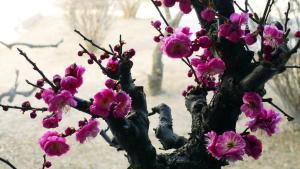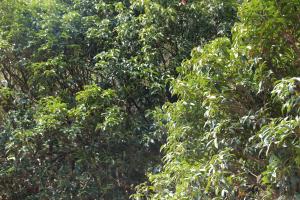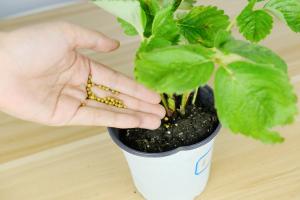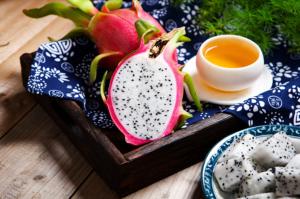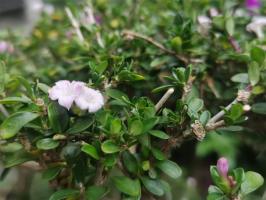What Not to Plant with Bee Balm
Bee balm, also known as Monarda, is a beautiful flowering plant that is popular in many gardens around the world. It not only looks great, but it also attracts pollinators like bees and butterflies, making it an essential addition to any garden. However, when it comes to planting bee balm, there are a few things that you should avoid. In this article, we will take a closer look at what not to plant with bee balm.
Avoid Planting Mint Near Bee Balm
Mint and bee balm are both members of the same family of plants, the Lamiaceae family. While they are great additions to any garden, planting them too close to each other can be a problem. Mint is known for its invasive nature and can quickly take over an area, competing with the bee balm for nutrients and space.
It is best to plant mint in a separate area or container to prevent it from spreading and overtaking the bee balm. If you do want to plant them together, make sure to plant them about three feet apart and keep a close eye on the mint to make sure it doesn't spread too much.
Avoid Planting Bee Balm Near Other Invasive Plants
Bee balm is a relatively low-maintenance plant, but it can be sensitive to competition from invasive plants like periwinkle, Japanese knotweed, and purple loosestrife. These plants can quickly take over an area, outcompeting the bee balm and diminishing its growth and beauty.
It is best to avoid planting bee balm near these invasive plants. If they are already growing in your garden, consider removing them or planting your bee balm in a different area to prevent competition.
Avoid Planting Bee Balm Near Plants That Require Different Growing Conditions
Bee balm prefers full sun to partial shade and well-drained soil. It does not grow well in soggy or damp soil, and it needs adequate airflow to prevent disease. Therefore, it is best to avoid planting bee balm near plants that require different growing conditions.
For example, plants like ferns and hostas thrive in damp, shaded areas, while bee balm prefers sunnier, well-drained soil. Also, plants like tomatoes and peppers require a lot of nutrients from the soil, which can deplete the soil's resources if planted too close to the bee balm.
Conclusion
By avoiding planting mint near bee balm and avoiding planting bee balm near invasive plants and plants that require different growing conditions, you can ensure that your bee balm thrives in your garden. Remember to plant your bee balm in a sunny area with well-drained soil and to give it plenty of space to grow. With proper care, your bee balm can be a beautiful and beneficial addition to your garden.

 how many times do yo...
how many times do yo... how many planted tre...
how many planted tre... how many pine trees ...
how many pine trees ... how many pecan trees...
how many pecan trees... how many plants comp...
how many plants comp... how many plants can ...
how many plants can ... how many plants and ...
how many plants and ... how many pepper plan...
how many pepper plan...